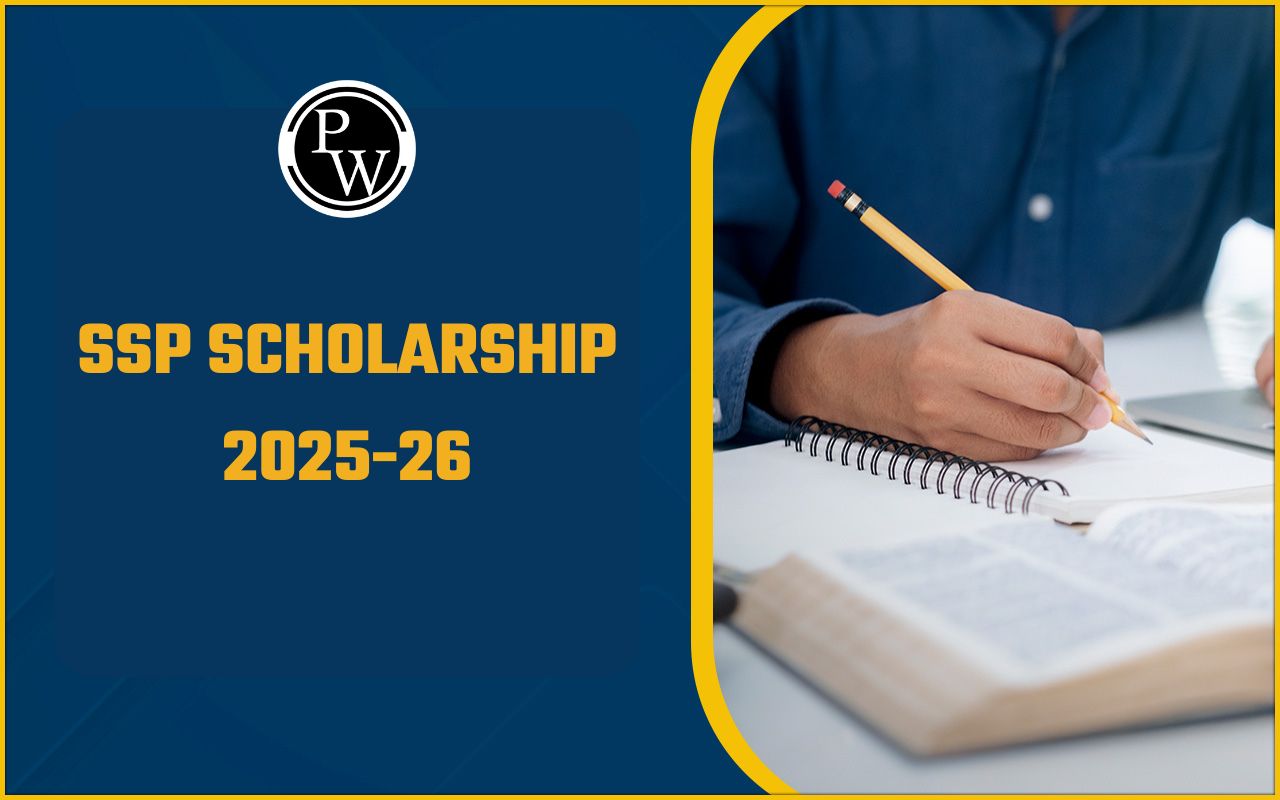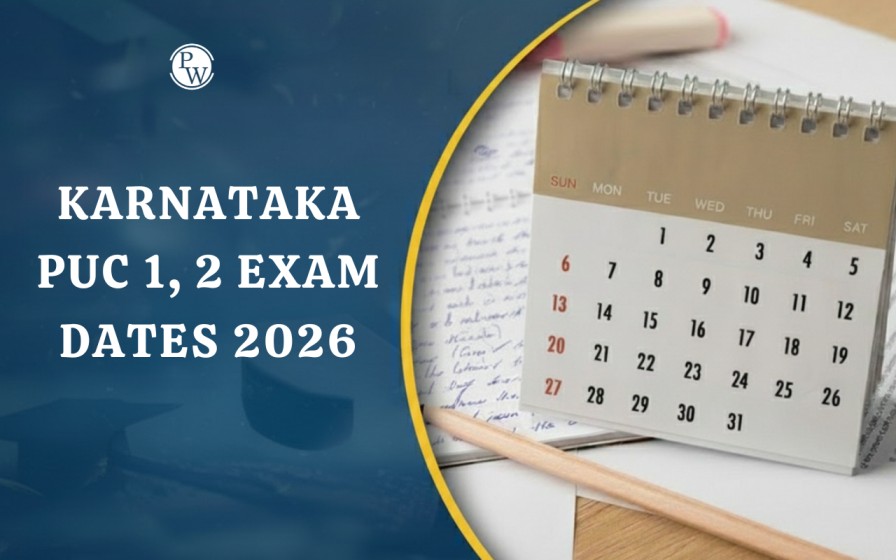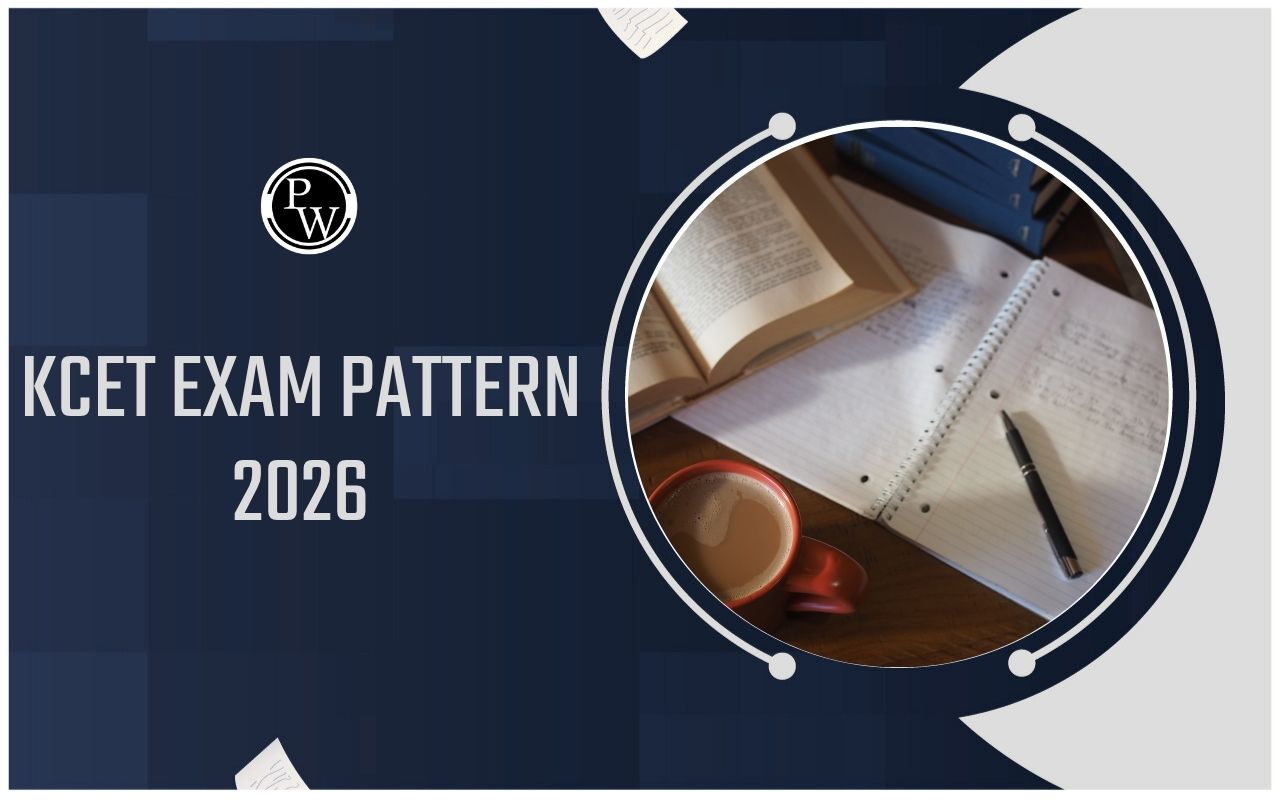
KCET Biology Syllabus 2025 : Are you an aspirant of KCET 2025? then Understanding the subject-wise syllabus is crucial for your preparation. The Biology section, carrying significant weightage, plays a vital role in the overall scoring and success in the exam.
The KCET Biology Syllabus 2025 covers a wide range of topics from both the first and second year of PUC, ensuring a comprehensive understanding of fundamental and advanced biological concepts. Mastering this syllabus will not only help you to score high but also to build a strong foundation for future studies in medical and life sciences. In this article, we will deeply understand the KCET 2025 Biology Syllabus and topic-wise weightage.7 Common Mistakes to Avoid While Preparing for KCET
KCET Biology Syllabus 2025 Overview
The KCET Biology Syllabus 2025 include a wide range of topics from both the first and second year of PUC, providing a comprehensive foundation for students. It includes key areas such as plant morphology, animal tissues, cell structure, bio-molecules, genetics, human physiology, reproduction, and ecology. This extensive syllabus ensures that students gain a thorough understanding of both fundamental and advanced biological concepts, which are crucial for success in the KCET exam. Additionally, the syllabus highlights the deleted portions, allowing students to focus on the essential topics.| KCET Biology Syllabus 2025 Overview | |
|---|---|
| Parameters | Details |
| Number of Questions | 60 questions |
| Syllabus Division | PUC 1 (First Year) and PUC 2 (Second Year) |
| Topics Covered | Plant Morphology, Animal Tissues, Cell Structure, Bio-molecules, Genetics, Human Physiology, Reproduction, Ecology, etc. |
| Deleted Portions | Certain topics have been removed to streamline the syllabus (detailed information listed below) |
| Exam Weightage | Significant weightage, crucial for overall scoring and success in the KCET exam |
KCET Biology Syllabus 2025 PDF Free Download
The KCET Biology Syllabus 2025 PDF is available for free download, providing students with a comprehensive guide to the exam. This resource includes essential information, helping students to focus on relevant topics and streamline their study efforts. Accessing the PDF allows for convenient reference, ensuring thorough preparation for the exam. For detailed information and to stay updated with any changes, download the KCET Biology Syllabus 2025 PDF from the official website.KCET Syllabus 2025 Biology First Year PUC
The KCET Syllabus 2025 for Biology in the first year PUC includes fundamental concepts such as plant morphology, animal tissues, cell structure, and bio-molecules. These topics are crucial for building a strong base in biology. The specific chapters and their weightage are listed below.| KCET Syllabus 2025 Biology First Year PUC | |
| Chapters | Weightage |
| Neural Control and Co-ordination | 5 |
| Photosynthesis in Higher Plants | 5 |
| Respiration in Plants | 5 |
| Plant Growth and Development | 5 |
| Biomolecules | 5 |
| Plant Kingdom | 5 |
| Cell Cycle and Cell Division | 5 |
| Body fluids and Circulation | 4 |
| Morphology of Flowering Plants | 4 |
| Anatomy and Flowering Plants | 4 |
| Locomotion and Movement | 4 |
| Breathing and Exchange of Gases | 3 |
| Living World | 3 |
| Excretory Products and their Elimination | 3 |
| Digestion and Absorption | 3 |
| Biological Classification | 2 |
KCET Syllabus 2025 Biology Second Year PUC
The KCET Syllabus 2025 for Biology in the second year PUC delves deeper into advanced topics like genetics, human physiology, reproduction, and ecology. These subjects are essential for understanding complex biological processes. Detailed chapters and topics are listed below.| KCET Syllabus 2025 Biology Second Year PUC | |
| Chapters | Weightage |
| Human Reproduction | 7 |
| Microbes in Human Welfare | 6 |
| Biotech: Principles and Processes | 6 |
| Organism and Population | 6 |
| Ecosystem | 6 |
| Environmental Issues | 6 |
| Biotech: Application | 5 |
| Reproduction in Organisms | 5 |
| Reproductive Health | 5 |
| Evolution | 5 |
| Biodiversity and Conservation | 4 |
Is it Worth to Take Drop for KCET 2025
KCET 2025 Biology Syllabus with Deleted Portion
The KCET 2025 Biology Syllabus with Deleted Portion outlines the topics and chapters included in the syllabus along with the specific portions that have been removed. This helps students focus their studies on the relevant sections and avoid unnecessary topics. The updated syllabus ensures that students are well-prepared for the exam while not being burdened with extraneous material. Detailed information regarding the deleted portions and the complete syllabus is listed below.| KCET 2025 Biology Syllabus | |
|---|---|
| Chapters | Deleted Portion |
| The living world | Taxonomy and systematics, Tools to study taxonomy |
| Biological classification | NIL |
| Plant Kingdom | Angiosperm – classification up to class, characteristic features, and examples |
| Animal Kingdom | NIL |
| Morphology of flowering plants | Morphology and modification, Morphology of different parts of flowering plants – root, stem, leaf, fruit, and seed, Description of families – Fabaceae |
| Anatomy of flowering plants | Anatomy and functions of different tissues and tissue systems in dicots and monocots, secondary growth |
| Structural organization in animals | Morphology, Anatomy, and functions of different systems of an insect |
| Cell – The unit of life | NIL |
| Bio molecules | |
| Cell cycle and Cell division | |
| Transport in Plants | Movement of water, gases, and nutrients; cell to cell transport; diffusion, facilitated diffusion, active transport, plant-water relation, imbibition, water potential, osmosis, plasmolysis, long-distance transport of water, transport of food |
| Mineral nutrition | Essential minerals, macro and micronutrients and their role, deficiency symptoms, mineral toxicity, elementary idea of hydroponics as a method of study mineral nutrition, nitrogen metabolism, nitrogen cycle, biological nitrogen fixation |
| Photosynthesis in higher plants | NIL |
| Respiration in plants | NIL |
| Plant – Growth and Development | Seed germination, phases of plant growth and plant growth rate, conditions of growth, differentiation, dedifferentiation and redifferentiation, sequence of developmental processes in a plant cell, Seed dormancy, vernalization, photoperiodism |
| Digestion and Absorption | Alimentary canal and digestive glands, role of digestive enzymes and gastrointestinal hormones, Peristalsis, Digestion, Absorption and assimilation of proteins, Carbohydrates and fats, Calorific value of proteins, Carbohydrates and Fats, Egestion, Nutritional and digestive disorders – PEM, indigestion, constipation, vomiting, jaundice, diarrhoea |
| Breathing and exchange of gases | NIL |
| Body fluids and circulation | NIL |
| Excretory products and their elimination | NIL |
| Locomotion and movement | Types of movement: ciliary, flagellar, muscular, Skeletal system and its function, joints, disorder of muscular and skeletal system: myasthenia gravis, tetany, muscular dystrophy, arthritis, osteoporosis, gout |
| Neural control and coordination | NIL |
| Chemical coordination and integration | Reflex actions, Sensory perception, Sense organs, Elementary structure and functions of eye and ear |
KCET 2025 Biology Chapter Wise Weightage
Understanding the KCET 2025 Biology Chapter Weightage helps students prioritize their study efforts effectively. Key chapters like genetics, human physiology, and ecology have significant weightage, influencing exam preparation strategies. Detailed weightage information for each chapter is listed below.| KCET 2025 Biology Chapter Weightage | |
|---|---|
| Chapter Name | Weightage |
| Genetics | 7% |
| Plant Morpho | 4% |
| Animal Morpho | 3% |
| Plantae | 5% |
| Photosynthesis | 4% |
| Chemical Coordination | 3% |
| Reproduction | 6% |
| Animal Tissues | 5% |
| Human Physiology | 7% |
| Ecology | 5% |
Timetable for KCET Dropper 2024
KCET 2025 Preparation With PW
If you are a KCET-2025 aspirant, boost your preparation with PW's online courses.Lakshya KCET 2025 - The Lakshya-KCET-2025 course is designed to guide and prepare students for the Karnataka Common Entrance Test with a structured approach. This course offers comprehensive study materials, expert guidance, and rigorous practice sessions to ensure students achieve their best potential in the exam. Enroll now in Lakshya KCET 2025 to enhance your preparation and secure a top rank in KCET 2025.
Arjuna KCET 2025 - The Arjuna-KCET-2025 course aims to provide students with a focused and strategic preparation plan for the Karnataka Common Entrance Test. With experienced instructors, detailed study guides, and regular mock tests, this course helps students to build confidence and excel in the exam. Join Arjuna KCET 2025 to achieve your academic goals and succeed in KCET 2025.
| Links Related to KCET 2025 | |
| KCET 2025 | KCET Syllabus |
| KCET Application Form | KCET Eligibility Criteria |
| KCET Previous Year Question Paper | |
KCET Biology Syllabus 2025 FAQs
Is the syllabus reduced for KCET 2025?
Which chapters have high weightage in KCET Biology?
What are the deleted portions of CET 2025?
Is it compulsory to write Biology in KCET?
Is Biology included in KCET 2024?










